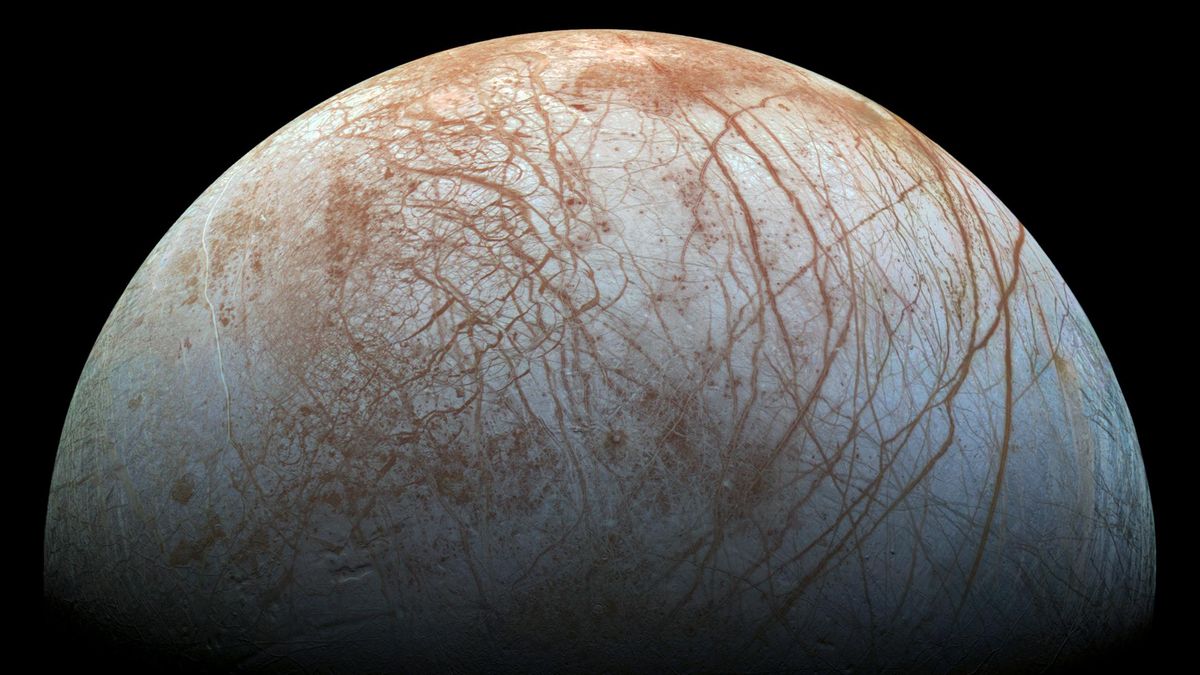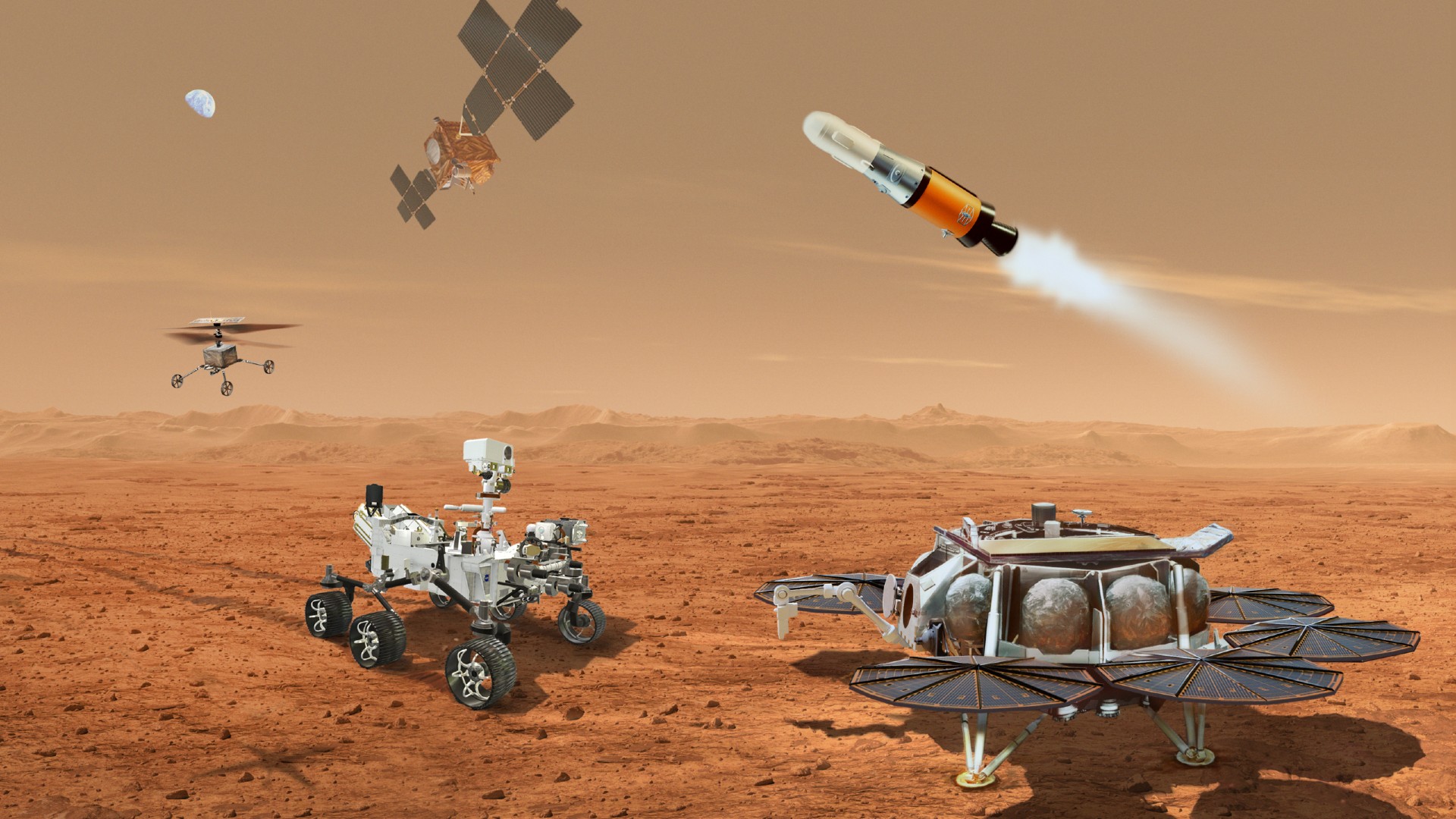In 2022, NASA’s Juno spacecraft flew close to Jupiter’s intriguing moon Europa, uncovering potential clues of current surface activity. The spacecraft’s Stellar Reference Unit (SRU), a star camera designed to aid Juno’s onboard attitude determination, captured high-resolution images of Europa’s surface illuminated by Jupiter-shine, or sunlight reflected off Jupiter. The SRU image from the flyby has been detailed in an article published in the journal JGR Planets on Dec. 22, 2023. The image depicts an unusual area of the icy surface, measuring 23 miles by 42 miles (37 kilometers by 67 kilometers) and resembling a platypus, with a “body” part in the north and a “bill” part in the south. Both regions, connected by a cracked neck-like formation, contain large ice blocks approximately 0.62 miles (1 km) in size, each casting shadows. Comparisons with images of similar resolution from NASA’s earlier Galileo spacecraft suggest potential changes in the southern part of the “platypus” area, hinting at possible surface alterations on Europa since the Galileo images were taken. However, the authors, led by Heidi N. Becker of NASA’s Jet Propulsion Laboratory (JPL), caution that the evidence isn’t definitive due to disparities in imaging quality and conditions. The 2022 image also reveals nearby low-albedo deposits that may be linked to subsurface liquid water, potentially associated with plumes believed to be expelling water. While not conclusive, the “Platypus” serves as an intriguing target for future missions, such as NASA’s Europa Clipper and Europe’s JUICE, to investigate and potentially confirm present-day surface activity on Europa. JUICE, launched in April 2023, is scheduled to reach Jupiter in December 2031, while Europa Clipper is set to be launched on Oct. 6 this year aboard a Falcon Heavy rocket.
NASA’s Juno spacecraft captures signs of activity on Jupiter’s icy moon Europa












